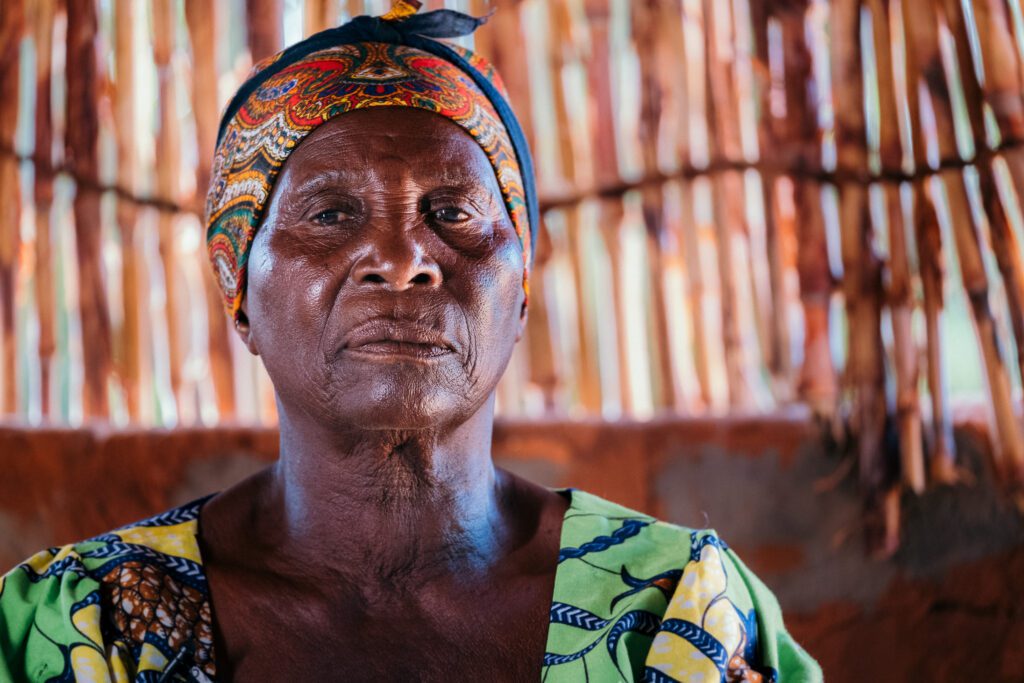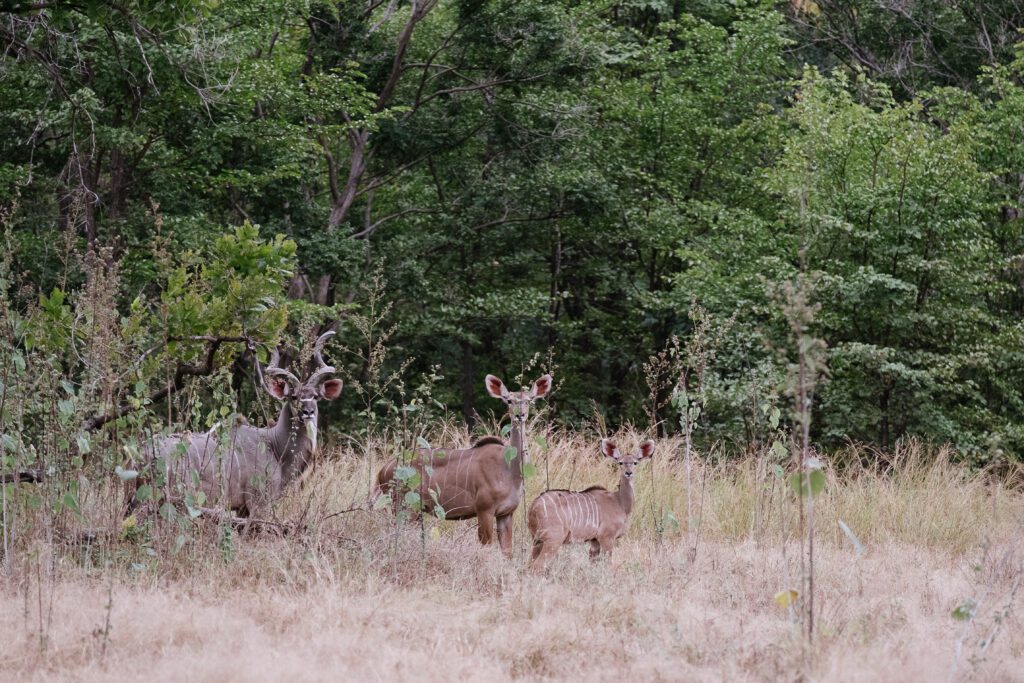“Killing the Shepherd”, a full- length documentary, examines the decline and later rise of African wildlife in a region of Zambia from a different perspective. Rather than looking at the animals, poaching, hunting and habitat, it looks at the native Soli people and human rights.
The area examined, the Lower Luano Game Management Area, about the size of Delaware, was once the crown jewel of safari hunting. Hunting bans were instituted in 1987, 2002 and 2003, and the result was the wholesale slaughter of wild animals. Two decades later, most game animals were gone.
But what about the people?
The film shows the impact of unhindered poaching and the loss of the game animals and hunting, including the loss of jobs the safari industry provided, lack of schools and education, lack of medical care, the sale of young girls and alcoholism in young men.
The top leader in the region, Chief Shikabeta, of the Kingdom of Shikabeta, came to Roland Norton of Makasa Safaris with a proposal.

“She said she needed the area to return to being a game management area,” Norton said in the film. “She wanted her people to benefit and knew if something wasn’t done, all of the wildlife would be gone. She is a tiny woman, but dynamite comes in small packages.”
Norton, who was born in Zambia and whose father helped develop the national parks, said the government provided little help to the Soli people.
“They paid a nominal amount of money, didn’t support anti-poaching efforts and basically ignored the community,” he said.
After meeting with members of the community, an arrangement was reached. As a result, Makasa undertook a number of efforts designed to help the local people.
In addition to hiring native men, many former poachers, as scouts for anti-poaching efforts and providing uniforms, guns, training and wages, they helped provide an additional protein source for the community by establishing aquaculture, through a series of tanks, water pumps and generators, raising endemic fish for food and to return to the river to increase fish populations. They worked with fishermen to increase net sizes to allow small fish to pass through, and taught people how to fish with pole and line.
“You can see the happiness,” Norton said in the film. “Life has changed in the two years we have been here.”
Natives were paid for information on poachers, and 15,000 wire snares were seized, along with 250 mostly homemade rifles and shotguns. Trail cameras helped identify poacher routes.
But the people benefited in other ways. Medical clinics provide free services for childbirth and diseases like malaria and HIV. New schools were crowded as soon as they were built, resulting in three shifts per day of full classrooms. Loans are provided to women who need help with their small businesses. Captured wire snares are repurposed into bracelets to raise money for the community, with each bracelet representing the saving of an animal.

The animals have returned and are beginning to thrive. The film shows the community singing songs of thanks for their return.
The news isn’t all good, though, and the film shows some disturbing activities affecting the community. Criminal poaching gangs seek to take the land. Contracts have been put out for the killing of Norton and his son, Alistair, and a bullet was fired into their vehicle. The Chief, described as “the mother” of the community, died unexpectedly, likely poisoned. The new chief, Sakala Paxima, refused to sell one- third of the land to the land-speculating poaching gangs, and also died unexpectedly shortly thereafter.
“There was definitely foul play involved, and everyone knows it,” Norton said.
Some game scouts returned to their past poaching activity. Local men drink all day, eager to obtain funds from illegal sources.
But Norton remains positive for the future.
“My hope is in the second 10 years of the 20-year concession, we will have full quotas of animals for hunting without affecting the population,” he said. “If you stop tourist hunting and the benefit, it will go back to the way it was before.”
The film shows how safari hunting must be crafted with biodiversity protection in mind, putting its top priority on benefiting the local people who live with the sometimes dangerous and destructive wildlife and, if done correctly, can result in an area, like the Lower Luano, previously declared by the government as be- ing depleted of wildlife, to again thrive for both animals and humans.
Of safari hunting, the Soli Chief said, “What’s wrong with them taking the skins and leaving the meat for us?”
“Killing the Shepherd” has been viewed at 38 major film festivals and received 20 major awards, including the Best Indigenous Film and Best Cinematography at the Cannes World Film Festival and the Best Human Rights Film at the Toronto Independent Film Festival. Created, produced and narrated by T.A. Opre, of the Shepherds of Wildlife Society, after his team spent more than three years in the region, the film and a new book, “Killing the Shepherd – Beyond the Film,” is available at shepherdsofwildlife.org.
Opre plans to return to Zambia in August to start filming for Part 2 of the story. “The wildlife has gotten to the point where Makasa is receiving quotas, and the first legal lion was taken for the first time in 20 years,” he said.
Story by Craig Nyhus, Lone Star Outdoor News


